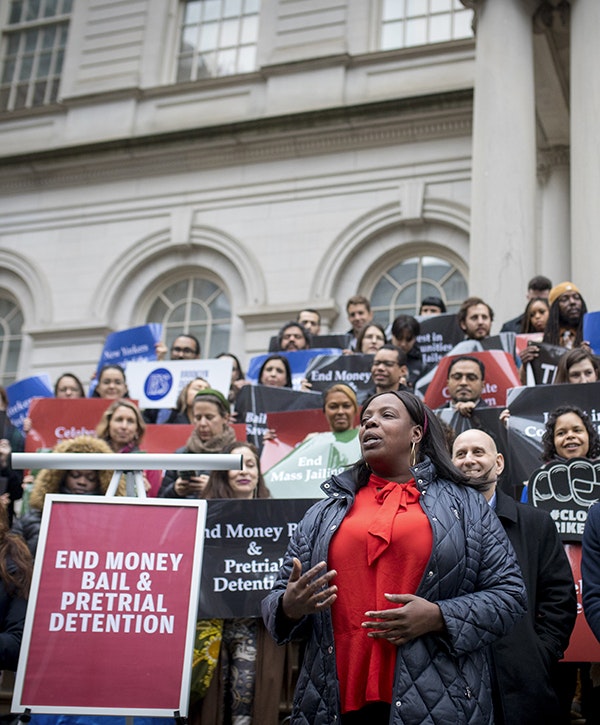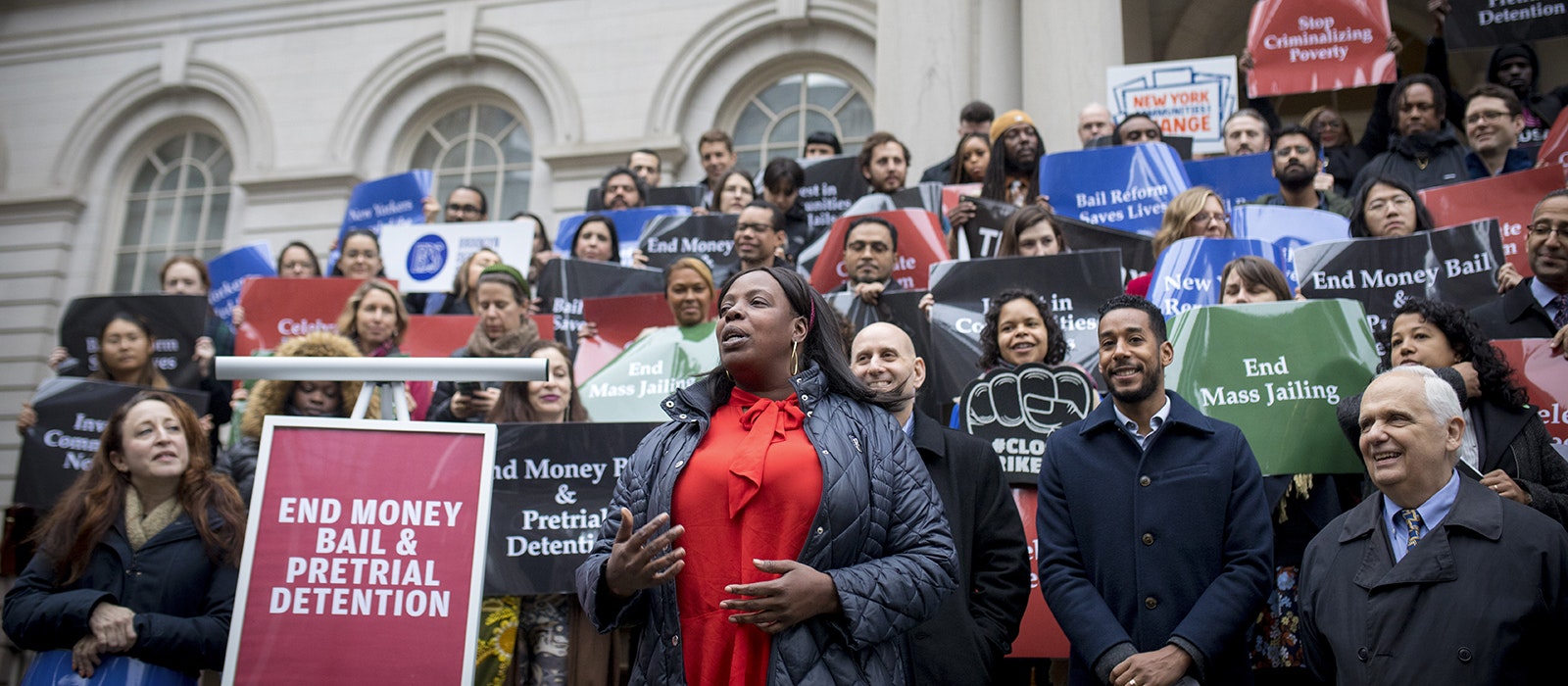The 2019 bail reform was the result of years of policy development driven by a diverse coalition of stakeholders, from law enforcement and victim advocates to the families of those who have lost loved ones to pretrial incarceration. It was grounded in evidence-based practices that have been proven to reduce unnecessary pretrial jailing and keep communities safe. The reactionary partial rollbacks to the reform enacted in 2020 — before the reform could even be evaluated — were fueled by politics, not facts.
Fortunately, even with the partial rollbacks, bail reform continues to protect thousands of New Yorkers from unjust and life-threatening pretrial jailing, all without jeopardizing public safety. By all objective measures, bail reform in New York has been a success. Lawmakers must prioritize defending the reform against further amendments that would increase the statewide jail population.
The misinformation driving the partial rollbacks is still being spread widely by those who have always opposed bail reform. The campaign of misinformation confuses New Yorkers and threatens to undermine the life-saving reforms that have advanced justice and increased safety inside and outside jails.



